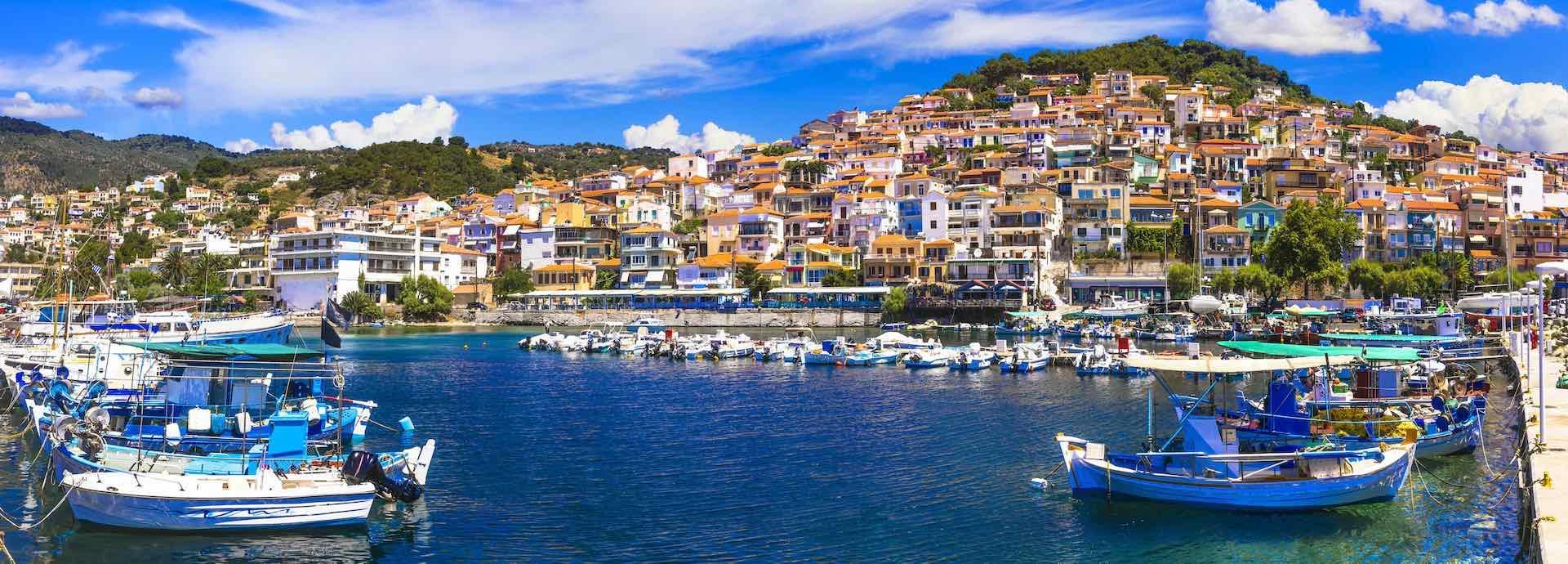

Increasing renewable energy penetration on a Mediterranean island
The global energy landscape is in transition, largely due to the rapidly decreasing cost of renewables. Major players are moving towards flexible and sustainable energy systems with a rapidly increasing share of renewable energy, declining inflexible thermal generation, and a wider application of flexible power generation and energy storage technologies.
The European Commission is driving the clean energy transition process of 26 islands in the European Union. Emission legislation will force existing heavy fuel oil (HFO) plants to switch to low-sulphur diesel fuel by 2024 or 2029 at the latest, depending on the permits for a given plant. With this in mind, the purpose of this study is to show what steps an island system should take to decarbonise and what technologies have to be used in order to reach the goal of 100% renewable energy future. These include adding new wind, solar PV and battery energy storage capacity together with switching to biofuels or utilising the Power-to-Fuel process.
In this study we used PLEXOS® energy simulation software to show the difference between different scenarios in terms of capacity needed, CO2 emissions and cost. The study also investigates whether it is possible to power an isolated island solely by wind, solar and battery energy storage systems.

Contents
- Summary
- Market background
- Modelling the optimal path to sustainable power systems
- Power systems modelling results
- Recommendations and benefits
- Conclusion
